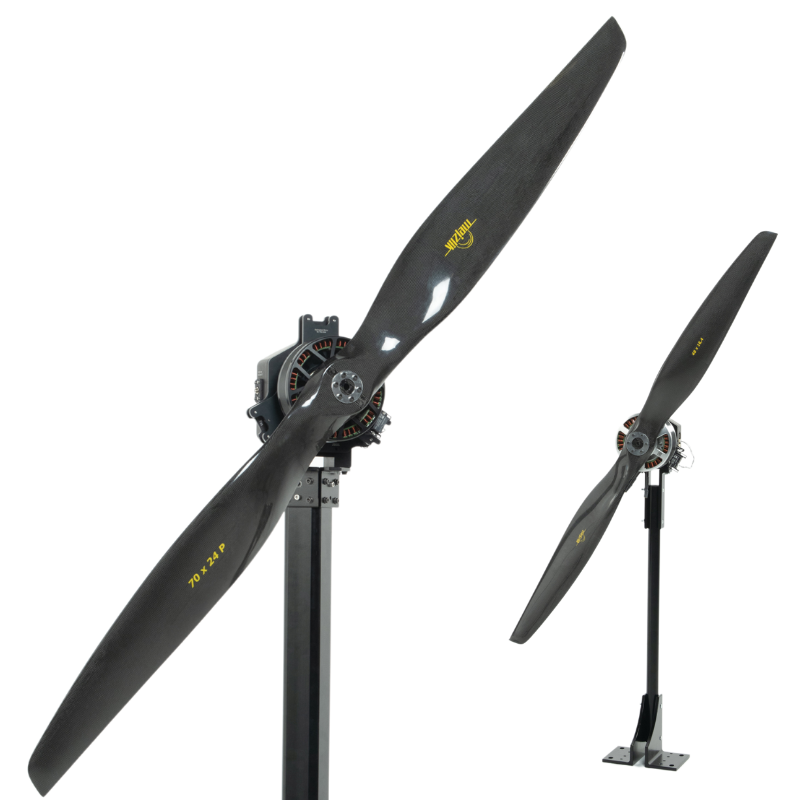1. Applicable products
- RCbenchmark Series 1520 Thrust Stand
- RCbenchmark Series 1580 Thrust Stand and Dynamometer
- RCbenchmark Series 1585 Thrust Stand and Dynamometer
- RCbenchmark Series 1780 Thrust Stand and Dynamometer
2. What describes your problem?
Please find within the following table which describes your problem. Once selected, mark down the troubleshooting points to follow.

3. Problem specific troubleshooting
3.1 What is the PWM port output frequency on the thrust stand?
The ESC and servo signal output from all the PWM ports use 50 Hz frequency.
3.2 What does 1000 in the ESC/Servo control mean?
The 1000 in the ESC or Servo control means 1000 μs. The 1000 μs is the ‘ON’ time compared or proportioned to the regular interval or ‘period’ of time 2000 μs (50 Hz). We use the term duty cycle to describe the proportion of ‘on’ and the period time, for example, at 1000 μs, the duty cycle is 5%. A higher duty cycle corresponds to higher power.
3.3 What is the PWM port output voltage?
All PWM ports on the Series 1520/1580/1585/1780 output 5 V.
In case that you need a higher voltage for certain servo motors, you may need to supply an external power to the motor.
4. Problems persist?
We support all issues related to the measurement tools itself, and we can provide limited support regarding your test setup and power-train selection. If you need extended support for your specific tests, manufacturing facility or UAV, contact us at sales@tytorobotics.com. We offer extended support contracts including phone and video conferences at affordable rates.
To obtain a solution to your problem faster, please indicate which troubleshooting steps you have already done. Also, include the debug log from the software. If relevant, please also include a screenshot or pictures of the issue.
4.1 Cross-reference from other types of problem
- SITESC: ESC fluctuation may be due to PWM input signal issue, you may use an oscilloscope to further diagnose.


 Back to Blog
Back to Blog